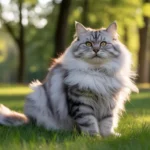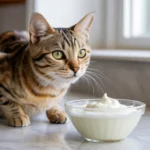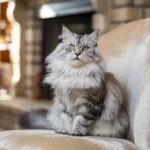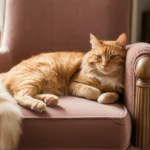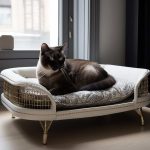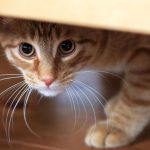Choosing the Perfect Cat Tree: Factors to Consider
Cats need a space where they can climb, scratch, and rest without stress. A well-made tree provides that safe zone and can reduce the wear on your sofa. Yet many shoppers feel lost when they face aisles of different sizes and shapes. The guide below explains how to start choosing the perfect cat tree and what to watch for before you buy.
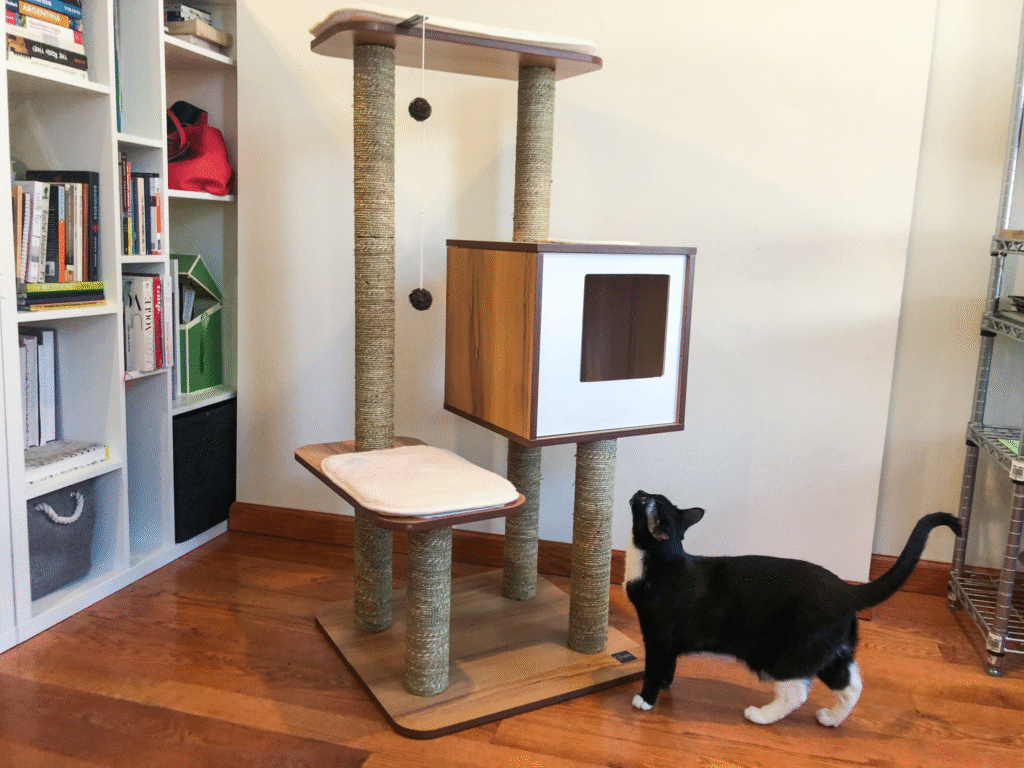
Content
Study Your Cat’s Daily Habits
Every choice begins with what your cat likes to do. Does she leap to the top of a bookcase, or does she prefer to nap in a covered spot? Note her play style. If she enjoys height, you need a tall model with wide, stable platforms. If she values privacy, look for condos with soft walls where she can curl up. Your goal is choosing the perfect cat tree that fits her routine instead of forcing new habits.
Match Height and Stability
The taller the tree, the stronger its base must be. A heavy frame and a broad support plate keep the tower from wobbling. Run a quick shake test at the store if you can. A tree that tilts will scare many cats and may even fall. If you own more than one cat, add extra margin for their combined weight and their habit of using the tree at the same time. Stability is the foundation of safety, so never trade it for looks.
Focus on Scratching Surfaces

Cats scratch to mark territory and stretch muscles. Good trees include sisal posts or boards that invite this natural act. Make sure every main pillar has enough sisal to last, not just a thin strip. By giving your cat a place to scratch, you save your curtains. When you keep scratch needs in mind while choosing the perfect cat tree, you create a win for both cat and owner.
Plan for Rest and Play
Rest spaces vary from open hammocks to closed boxes. Some cats want both. Younger cats like ropes, hanging toys, and high nests, while senior cats need lower steps so joints do not hurt. If you care for an older cat, keep hydration on track as well; staying hydrated supports joint comfort during climbs. Add ramps or short jumps when needed. You can swap toys often to hold interest and prevent boredom.
Balance Budget and Long-Term Value
Prices range from low to premium. While a bargain can tempt, a shaky tower will need fast replacement. A solid mid-price tree usually offers the best mix of strength and cost. Factor in extra gear you may need, such as timed feeders or water fountains placed nearby. These tools support a calm routine, which lowers stress and makes tree training smoother.
Support Health Beyond Climbing
A tree is only one piece of full care. Track how diet, water, and play work together. For instance, an auto feeder and fountain combo keeps meals and drinks regular so your cat returns to the tree with energy.
A camera feeder can calm worried pet parents who must leave the cat alone and want to check that she uses the tower safely. Eco-friendly food choices lessen the environmental impact of diet and support long-term wellness, while smart feeding helps guard vital organs such as kidney health.

Test and Adjust After Purchase
Once you place the tower, guide your cat to it with treats or catnip. Praise her when she steps onto the platform. If she stays away, try moving the tree to a brighter corner or shift furniture to build a clear runway. Keep scratching posts fresh and wash blankets often. Over time your cat will claim the tower, and you will know your effort in choosing the perfect cat tree paid off.
Final Thoughts
Choosing the perfect cat tree is more than a quick buy; it is an informed decision that shapes your cat’s daily life. Study habits, demand stability, choose good materials, and tie the tower into a wider care plan. The result is a secure place where your cat can climb, scratch, and rest with confidence.
When you invest the time up front, you gain peace of mind and extend the life of both your furniture and the tree. By following the steps above, you ensure success in choosing the perfect cat tree for any home.

Emily’s passion for small critters knows no bounds. She’s your guide to the wonderful world of hamsters, guinea pigs, and all things pocket-sized.



